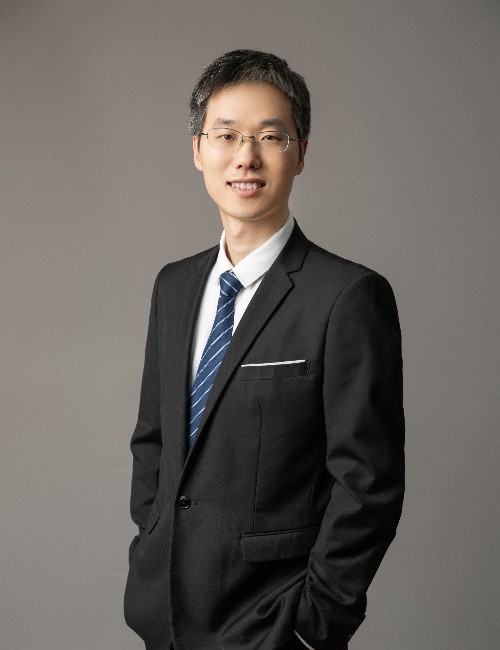题目:New insights into the formation of galaxy clusters and their member galaxies in the early Universe (早期宇宙中的原初星系团及其成员星系的研究)
报告人:王涛 教授 (南京大学)
地点:紫金港校区西区海纳苑8栋324教室
时间:2023.03.10(周五),下午13:30
摘要:As the largest gravitationally bound structures in the Universe, galaxy clusters play an important role in both galaxy formation and cosmology. They are also ideal laboratories for astrophysics due to their extreme physical conditions and complex interactions between different components, during the last decade, major efforts have been made to push the study of these massive beasts to the early universe, revealing a significant population of galaxy clusters and their progenitors, so-called 'protoclusters’, at z > 2. In this talk, I will first summarize main properties of these high-redshift (proto)clusters and their member galaxies based on multi-wavelength observations. In particular, I will introduce some first results from our ongoing IRAM-NOEMA large program ``NICE, aiming for spectroscopic confirmation of the largest sample of protoclusters to date at z > 2. Then by connecting these high-z structures to their local decedents and theoretical models, I will discuss how they bring new insights into our understanding of galaxy and cluster formation across cosmic time.
个人简历:

Dr. Tao Wang is currently a professor at the school of Astronomy and Space Science of Nanjing University. His main research interests are the formation and evolution of galaxies and galaxy clusters, with a focus on the early Universe. Using multi-wavelength observations from the world's most powerful optical, submillimeter and radio telescopes, he investigates what regulates the growth of supermassive black holes, galaxies and galaxy clusters across cosmic time. He has led the discovery of a large population of massive galaxies in the early universe that were hidden in the optical light, and holds the record for discovering the highest redshift X-ray galaxy cluster, which also represents a novel type of clusters unlike anything seen before。
欢迎老师和同学参加!




